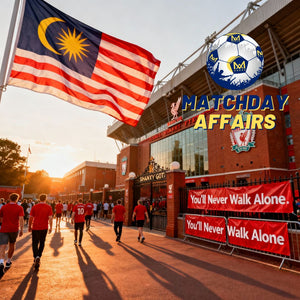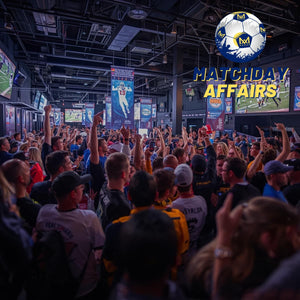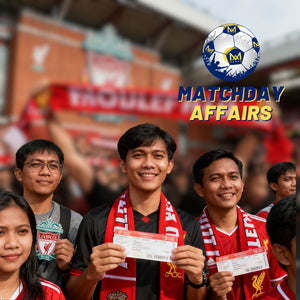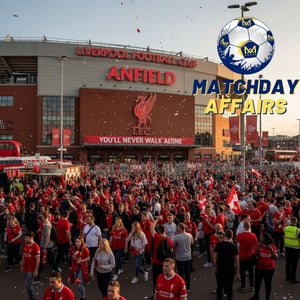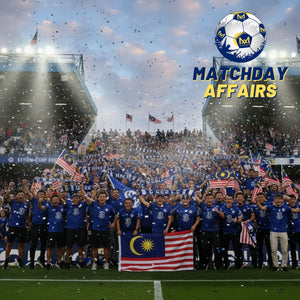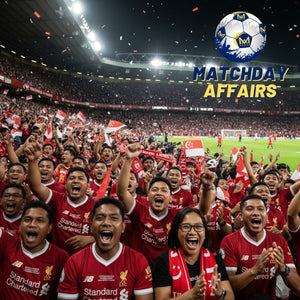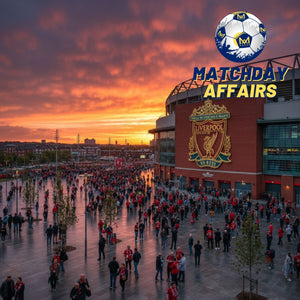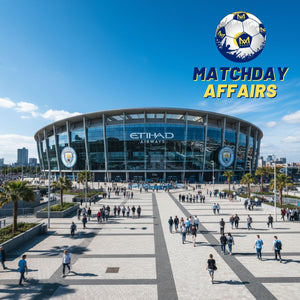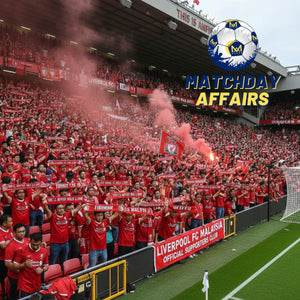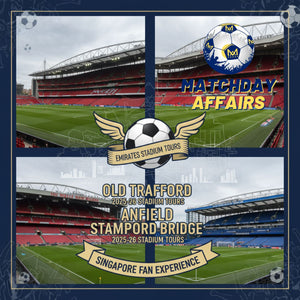
Picture this: It's a freezing December afternoon in 1886. A group of tired factory workers huddle around a sundial at the Royal Arsenal munitions factory. These men, their hands still dirty from a day's work, are about to change football forever. They pool together sixpence each—barely enough for a decent meal. However, their dream is worth more than gold.
That humble collection becomes the foundation of Arsenal Football Club. Today, millions of fans worldwide travel thousands of miles just to watch their beloved Gunners play. The journey from Dial Square to the Emirates Stadium is nothing short of extraordinary.
Chapter 1: The Humble Beginnings (1886-1912)
David Danskin, a Scottish engineer, leads this revolutionary moment. "Let's start our own team," he declares, adding three extra shillings to the pot. Their first match against Eastern Wanderers ends in a crushing 6-0 victory. Local newspapers take notice immediately.
Within weeks, the team proudly renames itself Royal Arsenal. They represent their workplace with fierce determination. The players rent a pitch at Plumstead Common, where spectators pay just a penny to watch. Nevertheless, the atmosphere is electric.
The smell of coal smoke mingles with fresh bread from nearby bakeries. Players wear roughly stitched red jerseys with white cuffs. There are no numbers, no sponsors—just pure passion. Consequently, they dominate local competitions like the Kent Senior Cup.
As popularity grows, however, the team faces a crucial decision. In 1891, they become London's first professional football club. This bold move angers amateur purists but attracts better players. Therefore, Woolwich Arsenal joins the Second Division in 1893.
The early league years prove challenging indeed. Fans must cross the Thames to reach matches. Players juggle football with factory jobs to survive. In 1904, they achieve promotion to the First Division. Yet financial troubles nearly bankrupt the club by 1910.
Chapter 2: Moving North - The Birth of Modern Arsenal (1913-1925)
Enter Henry Norris and William Hall, ambitious businessmen who save the club. They search for a new home with better potential. In 1913, they secure land in Highbury, transforming Arsenal's destiny forever.
The move sparks massive controversy. Local residents complain about noise and crowds. Meanwhile, Tottenham fans rage about the territorial invasion. Still, Highbury becomes Arsenal's launching pad to greatness.
The directors drop "Woolwich" from the name entirely. They construct an elegant Art Deco stadium holding 60,000 supporters. Newspapers dub them the "Bank of England club" due to their financial muscle. After World War I, Arsenal controversially enter the First Division in 1919.
This decision still infuriates Tottenham fans today. Therefore, the North London Derby rivalry begins with genuine animosity. Arsenal have bigger crowds and revenue at Highbury. However, they still need a visionary leader.
Chapter 3: The Chapman Revolution (1925-1934)
That visionary arrives in June 1925. Herbert Chapman leaves successful Huddersfield Town for north London. "Arsenal's potential is unlimited," he tells friends confidently. Chapman isn't just a coach—he's a football scientist.
He experiments with the revolutionary WM formation. This tactical innovation counters new offside rules perfectly. Furthermore, Chapman emphasizes diet, fitness, and training methods. He introduces numbered shirts and floodlights to English football.
Chapman even convinces London Underground to rename Gillespie Road station. "Arsenal" appears on the tube map permanently. Additionally, he signs brilliant players like David Jack and Alex James. The team adopts red shirts with white sleeves for better visibility.
Arsenal's first major trophy comes in 1930—the FA Cup. League championships follow in 1931 and 1933. Unfortunately, tragedy strikes on January 6, 1934. Chapman contracts pneumonia and dies at just 55 years old.
The football world mourns this innovative genius. His grieving players vow to honor his legacy. Assistant Joe Shaw takes temporary charge successfully. Later, George Allison continues Chapman's revolutionary work. The team wins more championships in 1934, 1935, and 1938.
Chapter 4: War, Reconstruction and Glory (1939-1966)
World War II suspends competitive football entirely. Many Arsenal players serve their country bravely. The North Bank suffers bomb damage during the Blitz. Friendly matches keep team spirit alive during dark times.
When peace returns, Chapman's protégé Tom Whittaker becomes manager. His 1948 team plays exciting attacking football. Stars like Joe Mercer and Ronnie Rooke shine brightly. Arsenal claim the 1950 FA Cup triumphantly.
They match their own record with a seventh league title in 1953. However, age and complacency creep in slowly. Arsenal slip into mid-table mediocrity throughout the 1950s. Billy Wright manages from 1962-66 but fails to inspire.
Attendances decline as the sleeping giant slumbers. Whispers suggest the glory days are over. Fortunately, an unlikely hero emerges from the medical room.
Chapter 5: The Mee Double and Heartbreak (1966-1986)
Bertie Mee, the club physiotherapist, becomes manager in 1966. Few expect miracles from this appointment. However, Mee instills military-style discipline immediately. Don Howe joins as coach, bringing tactical expertise.
Young talents like Charlie George flourish under Mee's guidance. Arsenal reach League Cup finals in 1968 and 1969. Both end in disappointment but strengthen their resolve. In 1970, they win the Inter-Cities Fairs Cup—their first European trophy.
The greatest triumph arrives in 1971. On the final day, Arsenal beat Tottenham 1-0 at White Hart Lane. This victory clinches the First Division title dramatically. A week later, they defeat Liverpool 2-1 in the FA Cup final.
The Double is achieved for the first time in club history! Charlie George's celebration, arms spread wide, becomes iconic. Captain Frank McLintock lifts the trophy as fans celebrate wildly. Today, visitors can relive this magic during Emirates Stadium tours.
Unfortunately, the team breaks apart as key players leave. Arsenal lose the 1972 FA Cup final heartbreakingly. They finish runners-up in the league in 1973. The remainder of the 1970s brings near misses and frustration.
Arsenal lose the 1978 FA Cup final to Ipswich. They fall to West Ham in 1980's final. Valencia beat them on penalties in the Cup Winners' Cup final. Nevertheless, fan loyalty remains unwavering throughout these disappointments.
Chapter 6: George Graham's Fortress (1986-1996)
After more struggles, Arsenal appoint former player George Graham in 1986. This disciplinarian assembles an incredible defense immediately. Tony Adams, Lee Dixon, Steve Bould, and Nigel Winterburn form the "Famous Back Four."
The 1989 season provides the most dramatic finish imaginable. Arsenal trail Liverpool by three points before the final game. They must win by two goals at Anfield—seemingly impossible. However, Michael Thomas scores in the dying seconds.
"It's up for grabs now!" screams commentator Brian Moore. Arsenal win 2-0 and claim the championship on goals scored. The celebration at Anfield remains football's greatest shock. Arsenal win again in 1991, losing just once all season.
Graham's team emphasizes defensive organization and efficiency. They win the FA Cup and League Cup double in 1993. The European Cup Winners' Cup follows in 1994. However, allegations of illegal payments end Graham's reign in 1995.
Stewart Houston and Bruce Rioch manage temporarily. Results remain inconsistent as another identity crisis looms. Arsenal need someone special to restore their glory.
Chapter 7: The Wenger Revolution (1996-2018)
September 1996 brings a shocking appointment. Arsène Wenger arrives from Japanese club Nagoya Grampus. "Arsène Who?" ask puzzled tabloid headlines initially. However, his ideas transform Arsenal within months.
Wenger introduces strict dietary regimes and fitness programs. He emphasizes technical passing football over physical battles. Foreign signings like Patrick Vieira and Emmanuel Petit arrive. Arsenal win the Premier League and FA Cup double in 1998.
The revolution accelerates with Thierry Henry's arrival. Dennis Bergkamp provides sublime creativity alongside him. Robert Pires adds pace and skill from wide positions. Arsenal win another double in 2002 magnificently.
The pinnacle arrives in 2004 with "The Invincibles" season. Arsenal complete 38 Premier League matches unbeaten. They win 26 games and draw 12, scoring 73 goals. Captain Vieira and striker Henry become legends. This achievement remains unmatched in modern English football.
Wenger also champions a new stadium project. Arsenal need bigger revenues to compete globally. After careful planning, they announce the Emirates Stadium at Ashburton Grove. The 60,000-seat arena opens in 2006 proudly.
Though they reach the Champions League final that year, finances constrain spending. Barcelona beat them narrowly at the Stade de France. Nevertheless, Wenger continues producing wonderful football. Arsenal win more FA Cups in 2014, 2015, and 2017.
However, some supporters grow restless by the late 2010s. Arsenal go over a decade without winning the league. Defensive weaknesses persist despite beautiful attacking play. After finishing outside the top four twice, Wenger announces his departure.
In May 2018, he steps down after 22 remarkable years. Wenger revolutionized English football completely during his tenure. He leaves behind three league titles and seven FA Cups. More importantly, he changes how the game is played forever.
Chapter 8: The Modern Era - Arteta's Project (2018-Present)
Spanish manager Unai Emery arrives first in 2018. He leads Arsenal to the Europa League final in 2019. However, inconsistent league form costs him his job. In December 2019, former player Mikel Arteta takes charge.
Arteta brings Pep Guardiola's tactical philosophy from Manchester City. He emphasizes positional play and disciplined pressing immediately. Young players like Bukayo Saka flourish under his guidance. Arsenal win the FA Cup and Community Shield in 2020.
The transformation isn't immediate but gradually takes shape. Arteta integrates academy graduates alongside proven signings. Players like Gabriel Martinelli and Martin Ødegaard showcase the new direction. Arsenal finish second in 2023 and 2024, their best positions since 2016.
Today's Arsenal experience combines tradition with modern excellence. The Emirates Stadium buzzes with renewed optimism. Supporters believe another title challenge is imminent.
Chapter 9: The Emirates Experience
The Emirates Stadium stands as a monument to Arsenal's ambition. This architectural marvel holds over 60,000 passionate supporters. Stadium tours reveal fascinating behind-the-scenes areas. Visitors explore the home dressing room and dugout areas.
The museum showcases Arsenal's incredible trophy collection. Interactive exhibits bring club history to life vividly. Statues of Thierry Henry and Charlie George guard the entrance. Meanwhile, the club shop offers authentic merchandise for every fan.
Modern matchday packages include premium seating and hospitality options. Pre-match fan zones create electric atmospheres before kickoff. Post-match analysis sessions feature expert commentary and player interviews.
For international supporters from Singapore and beyond, comprehensive travel packages simplify the journey. These include accommodation, transport, and guaranteed match tickets. Therefore, fans worldwide can experience Arsenal's magic firsthand.
Chapter 10: Colors, Crest and Culture
Arsenal's identity extends far beyond trophies and victories. The red shirts with white sleeves were Chapman's brilliant innovation. This design improves player visibility during matches significantly. The cannon emblem represents the Royal Arsenal heritage proudly.
"Victoria Concordia Crescit"—victory comes from harmony—remains the official motto. This philosophy guides the club through challenges and triumphs. The North London Derby against Tottenham provides the fiercest rivalry. These matches divide families and neighborhoods across London.
Arsenal Women have dominated English football since 1987. They've won multiple league titles and FA Cups. The Academy continues producing exceptional talents regularly. Players like Saka and Smith Rowe represent the future beautifully.
Chapter 11: Legends and Icons
Nearly 140 years have produced countless Arsenal legends. Early heroes like David Danskin and Charlie Buchan started everything. The 1930s brought Cliff Bastin and Alex James to prominence.
Post-war icons include Jimmy Logan and Joe Mercer. The 1970s produced Charlie George and Liam Brady. The 1980s and 1990s elevated Tony Adams and Ian Wright. Wenger's era showcased Henry, Bergkamp, and Vieira magnificently.
Current stars like Saka and Ødegaard continue this proud tradition. Each generation produces new heroes for supporters to cherish. The story continues as young talents emerge regularly.
Chapter 12: Trophy Cabinet Glory
Arsenal's honors reflect their remarkable journey perfectly. Thirteen league championships showcase consistent excellence over decades. Fourteen FA Cups demonstrate cup fighting spirit repeatedly. European trophies include the Cup Winners' Cup and Fairs Cup.
The Invincibles achievement stands alone in Premier League history. Meanwhile, Arsenal Women add numerous domestic and European trophies. The Academy boasts countless youth competition victories too.
Epilogue: The Continuing Story
From sixpence collections to global brand status, Arsenal's journey inspires millions. Those factory workers in 1886 couldn't imagine today's Emirates Stadium. However, their passion and determination remain unchanged fundamentally.
The motto "Victoria Concordia Crescit" rings true today. Victory indeed comes from harmony between players, management, and supporters. Arsenal's harmony has been hard-won through various challenges.
Conflict between tradition and progress shapes every decision. Balancing financial caution with ambitious signings requires wisdom. Local loyalty must coexist with global commercial reach.
As 2025 continues, new chapters await completion. Young stars lead the way under Arteta's guidance. The Emirates roars with the same passion that echoed at Plumstead Common. Fans from around the world still make pilgrimages to witness Arsenal's magic.
The story is far from finished completely. Supporters reading this narrative should feel inspired to explore Arsenal's culture deeper. Whether through stadium tours, match experiences, or international packages, the adventure continues.
Arsenal's odyssey marches on toward future glory. Victory will always grow from harmony, just as those factory workers dreamed in 1886.
Our Matchday Experiences
Immerse yourself in the passion and atmosphere of England's greatest football stadiums
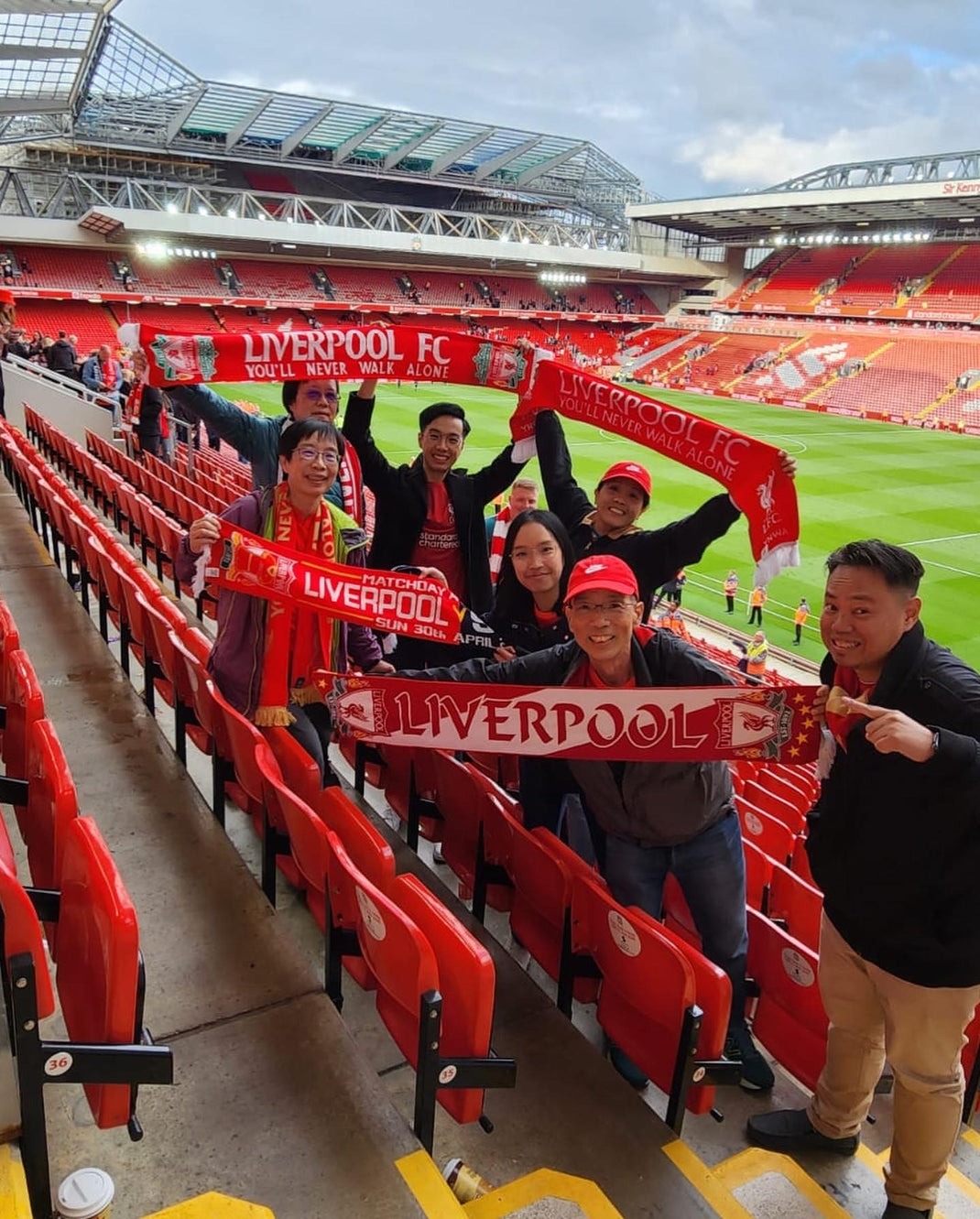
Anfield Expedition
Experience Anfield like never before: match tickets, tours, and the electric atmosphere of Liverpool FC
Explore Experience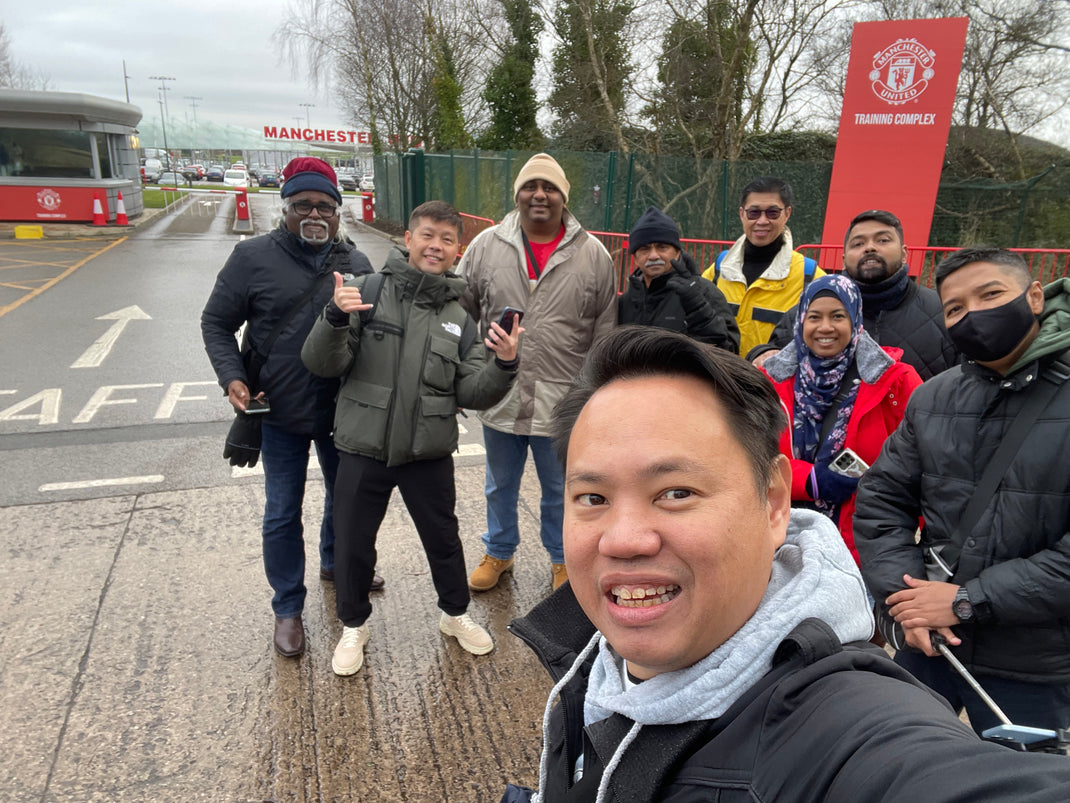
Old Trafford Experience
Pair text with an image to focus on your chosen product, collection, or blog post. Add details on availability, style, or even provide a review.
Explore Experience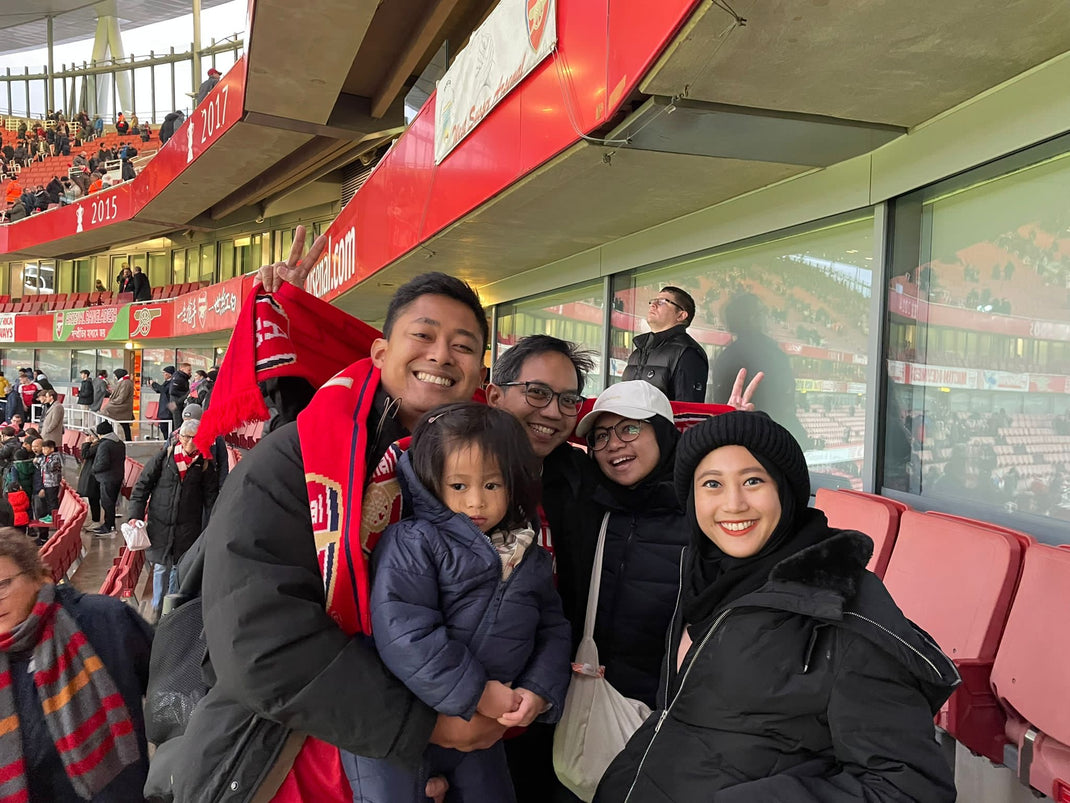
Emirates Experience
Discover the Emirates: Arsenal matches, VIP tours, and a deep dive into Gunners' football culture
Explore Experience
Stamford Bridge Experience
Explore Stamford Bridge: Get Chelsea tickets, behind-the-scenes tours, and feel the Blues' passion
Explore Experience







































